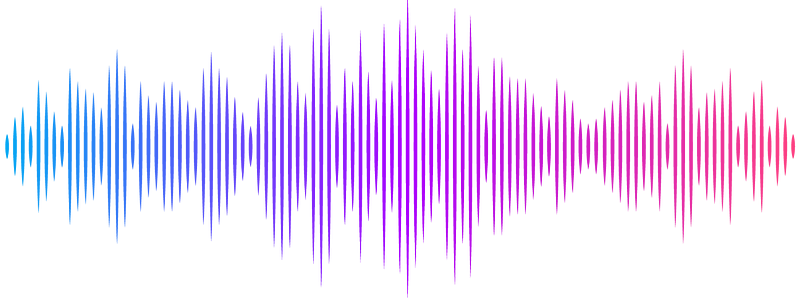Lethal Disruption of the Symbiotic Gut Community in Eastern Subterranean Termite Caused by Boric Acid

Lethal Disruption of the Symbiotic Gut Community in Eastern Subterranean Termite Caused by Boric Acid
Ashbrook, A. R.; Schwarz, M.; Schal, C.; Mikaelyan, A.
AbstractThe Eastern subterranean termite, Reticulitermes flavipes (Kollar), is a significant pest, causing extensive damage to structures that amount to substantial economic losses. Traditional termite control methods have utilized boric acid, known for its broad-spectrum insecticidal properties, yet its impact on termite gut microbiomes and the implications of such effects remain understudied. Our study evaluates the dose-dependent mortality of R. flavipes upon being provided boric acid treated filter papers and investigates the resulting dysbiosis within the termite gut microbiome. Consistent with reports from other insects, mortality increased in a dose-dependent manner, with the highest boric acid concentration (203.7 ug/cm2 of filter paper) significantly reducing termite survival. 16S rRNA gene sequencing of the gut microbiome revealed notable shifts in composition, indicating boric acid-induced dysbiosis. Aside from an overall decrease in microbial diversity, the relative abundance of some symbionts essential for termite nutrition decreased in response to higher boric acid concentrations, while several putative pathogens increased. Our findings extend the understanding of boric acid\'s mode of action in termites, emphasizing its effect beyond direct toxicity to include significant microbiome modulation that can have dire effects on termite biology. Considering its potential to induce dysbiosis and potentially augment the effectiveness of entomopathogens, our study supports the continued use of boric acid and related compounds for termite-resistant treatments for wood.


